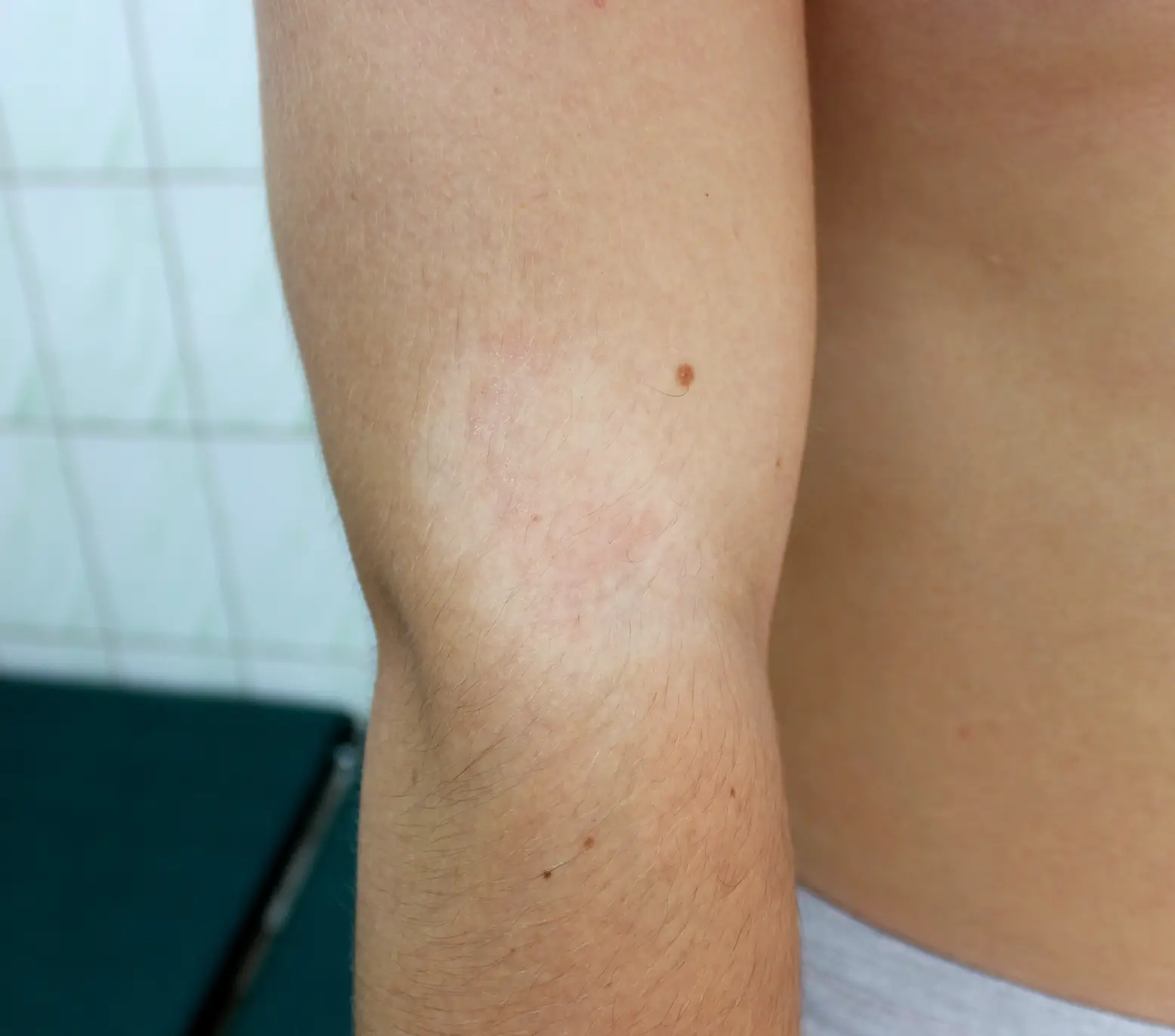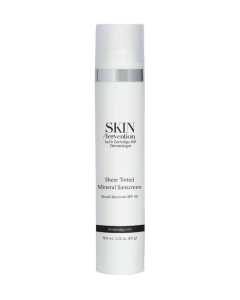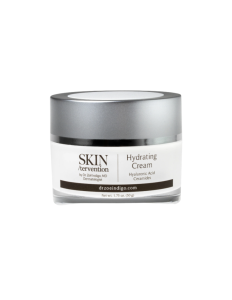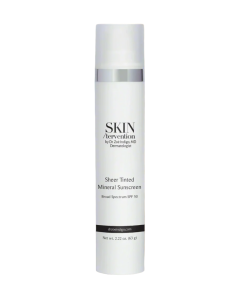
Pityriasis alba is a mild form of eczema (dermatitis) most often seen in children. The name reflects its appearance: pityriasis refers to the fine surface scale, and alba to its pale (hypopigmented) color. While harmless, it can cause cosmetic concern, especially in darker skin tones where the pale patches are more noticeable.
It usually appears as pale, slightly scaly patches on the face—especially the cheeks and chin—but can also affect the neck, shoulders, and upper arms. The patches can range from 0.5 to 5 cm in size, have poorly defined edges, and generally cause little to no itching. Dryness is more noticeable in winter, and the hypopigmentation is more apparent in summer.
Book OnlineCauses
The exact cause of pityriasis alba is unknown. It often occurs alongside dry skin and atopic dermatitis and can become more noticeable after sun exposure, as tanning of surrounding skin makes the lighter patches stand out. Factors such as ultraviolet radiation, bathing habits, trace element levels, and skin yeasts have been studied, but no clear cause has been confirmed.
Clinical Features
– 1 to 20 patches or thin plaques, usually on the face
– Round, oval, or irregular in shape
– Minimal or no itching
– More noticeable in summer due to contrast with tanned skin
– Scaling more evident in dry, cold conditions
Patches may evolve from slightly scaly pink areas to hypopigmented patches with fine scale, and finally to flat pale spots without scale before resolving.
Diagnosis
Diagnosis is typically clinical, based on appearance and history. To rule out other causes of hypopigmentation, a dermatologist may use:
– Wood lamp examination (no enhancement or fluorescence)
– Skin scrapings for fungal culture (negative in pityriasis alba)
– Rarely, a skin biopsy showing mild dermatitis and reduced melanin
Treatment

– Sunscreen
Most cases require no treatment. When needed:

– Moisturizing creams can improve dryness.
– Mild topical steroids may reduce redness and mild itch
 – Tinted mineral sunscreen may help restore color fastest.
– Tinted mineral sunscreen may help restore color fastest.
– Calcineurin inhibitors (pimecrolimus, tacrolimus) may help restore skin color faster
Prevention
Using sunscreen regularly can reduce the contrast between affected and normal skin by preventing tanning. A gentle skincare routine with daily moisturizers can help minimize dryness.
Outlook
Pityriasis alba usually clears within a year, though it can persist for several months to up to two or three years. Skin color returns to normal over time, and the condition does not cause long-term harm.
If you suspect you or your child has pityriasis alba and want personalized care, call us at (424) 722-9246 - Beverly Hills Office or (424) 722-9246 - Inglewood Office to schedule an appointment.